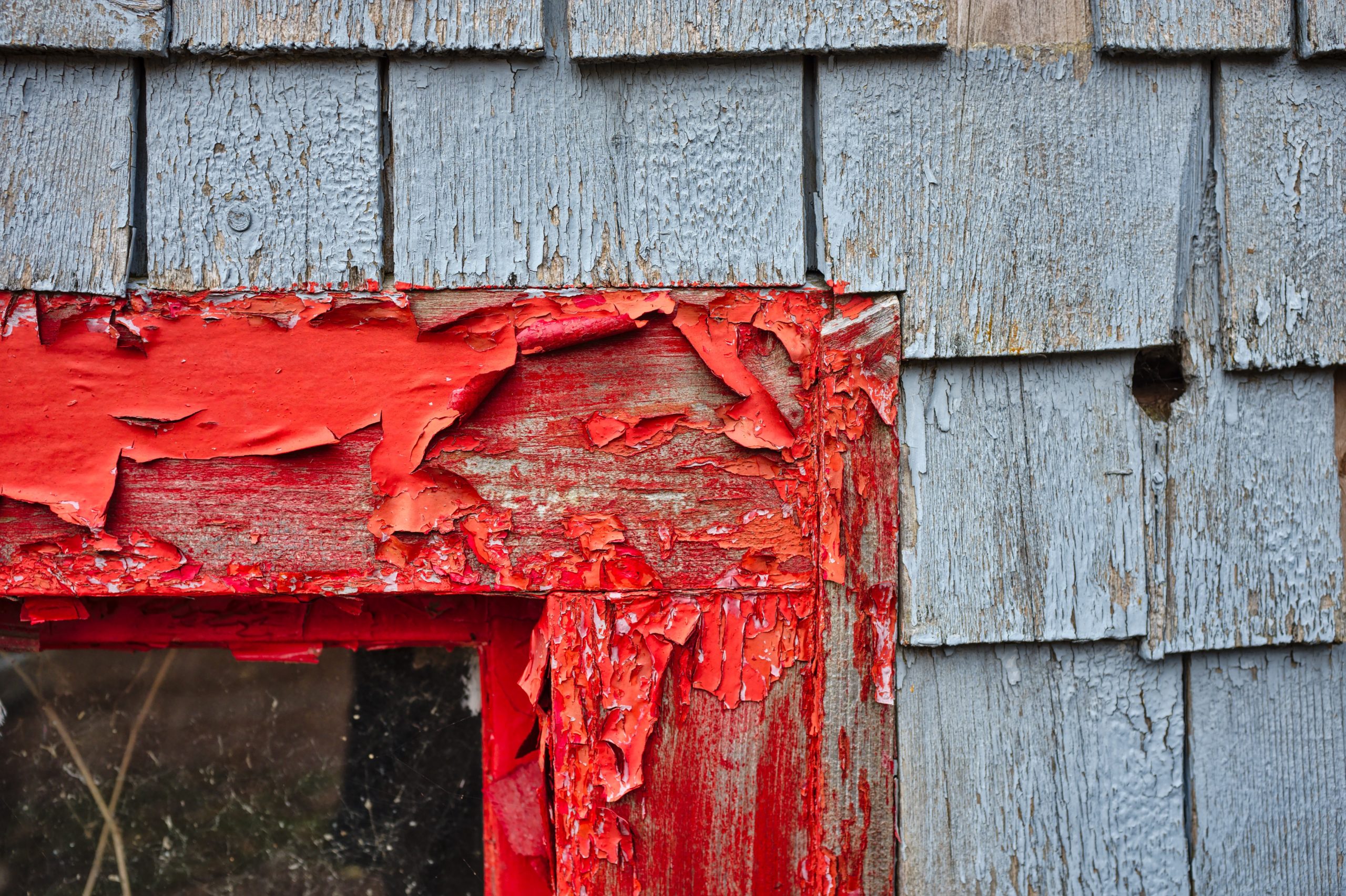Many of our clients find older homes in markets such as San Antonio, Houston, DFW, or Austin that make for perfect fix and flip projects. These homes are often in great neighborhoods that have appreciated it value but have not been updated in ten, twenty, or thirty years.
Investors can turn these projects into cash cows but sometimes there are pitfalls to buying an older home.
Here are a few tips on purchasing an older home and what you should take a look for while you are shopping for one.
Thinking of Purchasing an Older Home?
HAR.com
When searching for the next house to call home, there’s a lot to consider. Opening your home search to older constructions can increase your options, however, older homes may be harboring issues beneath the surface. Here are some things to consider (and have inspected) when purchasing an older home.
Foundation and Structural Issues
Due to their age, older homes should be inspected thoroughly for foundational and structural damage. Cracks or unevenness in the foundation can lead to moisture damage, dry rot, corrosion, and shifting of the house. According to Safewise, “Foundation repairs can escalate to over $10,000, depending on the extent of the structural issues – and homeowners insurance won’t cover these costs.” If you suspect structural damage, be sure to have the building inspected by a licensed structural engineer.
Electrical and Plumbing Issues
Many older homes have their original plumbing and wiring, as updating these systems can be costly. Keeping the original knob-and-tube wiring or the original cast-iron pipes, however, can be a serious safety hazard. Old electrical systems can cause a fire, and old pipes can cause leaks or weak water pressure.
Hazardous Materials
The older a home is, the more likely it is to contain hazardous materials, such as asbestos and lead. Lead is commonly found in paint applied before 1978 and in plumbing installed before 1985. Asbestos can be found in gas fireplaces, roofing, and insulation that was installed before 1980.
Outdated Heating and Cooling Systems
Older homes were likely designed for oil, coal, or wood heating systems and later retrofitted with newer HVAC systems, so it’s important to understand when and how these upgrades were made. Even a more up-to-date heating system can be inefficient and unsafe if it hasn’t been maintained properly.
Read more here.

